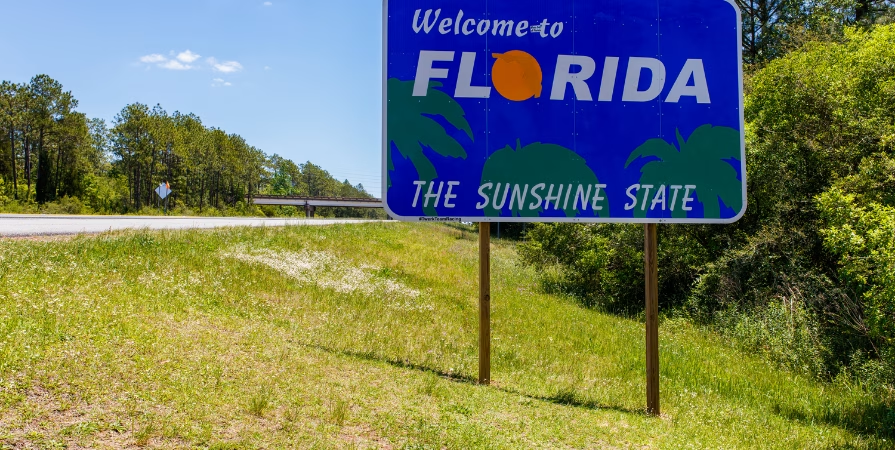Relocating to another state can open new opportunities—but without proper planning, it can also become expensive and overwhelming. From estimating moving costs to organizing your relocation checklist, a well-structured plan is the key to a stress-free interstate move. Understanding what to expect and preparing early helps you save money, time, and effort.
Interstate moves involve more logistics than local ones. You’ll need to coordinate transportation, handle address changes, manage utilities, and comply with licensing and registration rules in your new state. Every decision—whether hiring movers or driving yourself—affects your timeline and budget.
This comprehensive guide explains how to plan your move step by step, control expenses, and keep your relocation on track from start to finish.
Create a Comprehensive Relocation Checklist
A relocation checklist is your roadmap for staying organized during the move. Start planning at least eight weeks in advance. Breaking tasks into manageable stages keeps you focused and prevents last-minute stress. Write down everything—from decluttering and packing to updating legal and financial documents.
Include time-sensitive items like notifying your employer, transferring medical records, and scheduling moving services. Many people underestimate how quickly deadlines approach when relocating across state lines, so build in extra time for unexpected delays.
Updating your address with banks, insurance providers, and government agencies early also prevents service interruptions and lost mail.
Sample Relocation Timeline
8 Weeks Before: Create your relocation checklist, research moving companies, and start sorting belongings.
4 Weeks Before: Confirm mover reservations, begin packing non-essentials, and notify utility companies of your move-out date.
1 Week Before: Pack essentials, clean your current home, and confirm travel arrangements to your new state.
Estimate and Manage Your Moving Costs
Understanding moving costs helps you budget realistically and avoid surprises. Interstate move expenses typically include packing materials, transportation fees, insurance, and potential storage. On average, a long-distance relocation costs between $3,000 and $7,000, depending on distance and shipment size.
To save money, compare quotes from at least three licensed moving companies. Ensure each provides an in-home or virtual estimate to get accurate pricing. Ask whether the quote is binding or non-binding—binding estimates lock in your cost, while non-binding ones can change on moving day.
Factor in additional costs like gas, meals, and temporary lodging if your trip spans multiple days. Keeping receipts for major expenses may also help if your move qualifies for employer reimbursement or tax deductions.
Ways to Reduce Moving Expenses
1. Downsize Before Packing: Sell, donate, or recycle items you no longer need. Fewer boxes mean lower transportation costs.
2. Pack Yourself: Professional packing services are convenient but can increase total costs by 25% or more.
3. Move During Off-Peak Season: Scheduling your move between October and April can lead to better rates and more flexible scheduling.
Choose the Right Movers for an Interstate Move
Selecting the right moving company is one of the most critical decisions you’ll make. Interstate moves require licensed carriers registered with the Federal Motor Carrier Safety Administration (FMCSA). Always verify a mover’s USDOT number before signing any contract.
Reliable companies will provide written estimates, insurance options, and a detailed inventory list of your belongings. Avoid movers that request large deposits upfront or refuse to provide documentation. Scams in the moving industry are common, and choosing verified professionals ensures your possessions are handled responsibly.
Read customer reviews and ask for recommendations from friends, coworkers, or relocation specialists. A reputable company should be transparent, communicative, and experienced in long-distance transport.
Checklist for Selecting Movers
1. Verify Licensing: Confirm FMCSA registration and USDOT number for interstate movers.
2. Review Insurance Options: Choose between basic liability coverage or full-value protection for added security.
3. Read the Fine Print: Understand cancellation policies, delivery timelines, and damage claims before signing.
Prepare for Life in Your New State
Once moving logistics are set, focus on settling into your new community. Research local laws, taxes, and vehicle registration requirements before arriving. Each state has unique deadlines for obtaining driver’s licenses and registering vehicles, often within 30 days of residency.
Set up utilities, internet, and trash collection in advance to ensure services are active upon arrival. If you’re moving with children, research schools early and transfer educational records before the academic year begins.
For renters, review lease terms carefully and understand local tenant laws. Homeowners should schedule home inspections and verify property taxes or homeowner association (HOA) fees in the new area.
Settling In Smoothly
1. Update Legal Documents: Change your address on your driver’s license, voter registration, and vehicle title.
2. Build a Local Network: Join community groups or neighborhood associations to get involved quickly.
3. Explore Healthcare Providers: Find new doctors, dentists, and specialists before emergencies arise.
Key Takeaway
Moving out of state requires careful planning, organization, and financial awareness. With a well-crafted relocation checklist and clear understanding of your moving costs, you can stay in control of every detail. By choosing licensed movers, preparing early, and budgeting wisely, your interstate move can be efficient, cost-effective, and stress-free—helping you start your next chapter with confidence and peace of mind.


